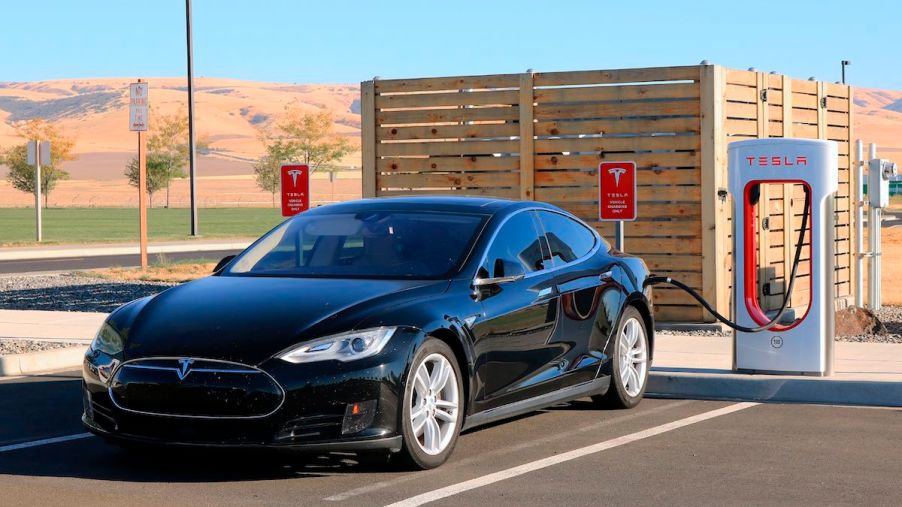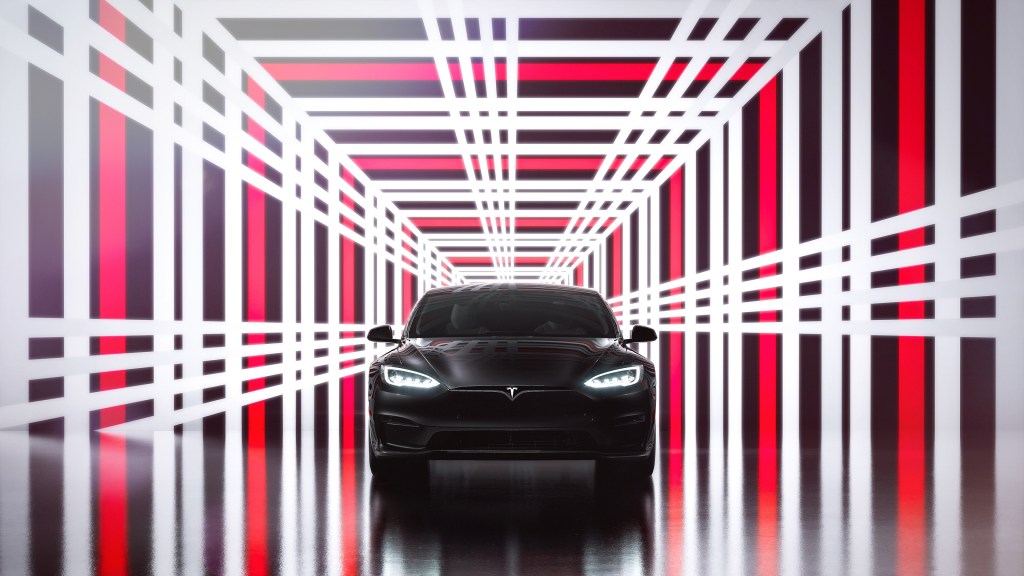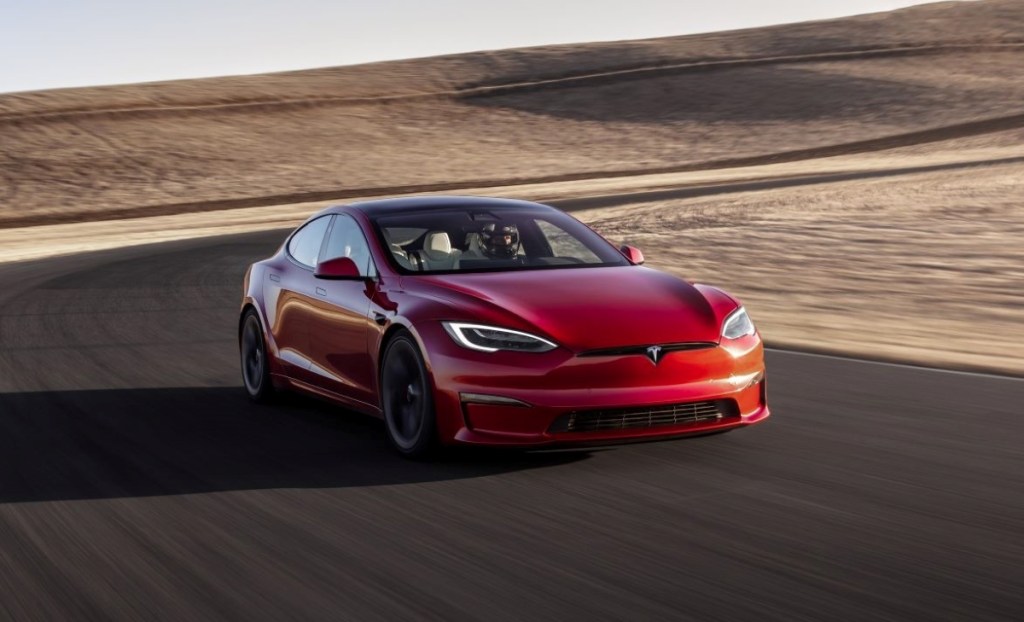
Electric Car Modification: What Can Tuners and Racers Do to EVs?
One of the most resilient groups to the electric vehicle takeover is though who tune and race their cars. It’s easy to see why, too. For the most part, EVs are pretty tightly locked down from the factory and aren’t easily modifiable. At least, the electric components aren’t. However, there are some companies making upgrades and modifications that range from suspension and aesthetics to all-out battery upgrades.
Here are the ways electric car owners can modify them

First and foremost is the most obvious, aesthetics. Although EVs differ from traditional internal combustion engine vehicles, they share a few common components. For example, the body panels and suspension.
There’s no shortage of modified Teslas and other EVs in the world. A simple eBay or Amazon search will net you all kinds of aerodynamic upgrades (for better or for worse) to personalize your car’s exterior. Additionally, custom widebody kits and fender flares exist in the EV universe.
Like with gasoline cars, owners like to change the suspension up. Whether they’re putting performance coilovers on to use at autocross events or track days or using airbag suspension to drop their vehicles for shows, you’ll see it in the EV world. After all, most EVs use traditional-style suspension systems.
Another modification, though, is truly where the rubber meets the road. Putting performance tires on an EV you intend to use for spirited driving, as with any other car, is a monumental upgrade that can add remarkable performance to a driver’s experience.
For the bold, here are some scarier EV modifications that are possible

Now, while it’s well known that the electric components of an EV are not easy to modify, they aren’t impossible to change. According to GetGreenNow, the most prominent upgrade to EV components is a battery upgrade. It makes sense, given that, for example, Teslas come with different-sized batteries. In theory, one could take a bigger battery from a different Tesla and put it in another one. It’s worth noting, though, that secondhand Tesla batteries sell for north of $20,000.
Additionally, those who aren’t afraid to dig in can also upgrade or add additional electric motors or modify an EV’s power inverter to increase acceleration times.
There’s a pretty shocking reason not to mess with these components, though. The risk of electrocution is relatively high, considering the extremely high voltage they use. According to MotorTrend, Tesla high-voltage batteries typically run between 350 and 400 volts. Additionally, the Porsche Taycan runs up to around 800 volts. These components can be extremely dangerous in the right circumstances, so it’s not something you’d want to dig into unless you know what you’re doing. This is why electric components in EVs and Hybrids are all marked with bright orange wire coating and electrocution warnings.
Finally, an EV’s software can be modified. However, in general, EV manufacturers work to prevent owners from modifying the software at all. At the cost of battery efficiency and range, those in the know can modify the software to increase power output, giving a substantial boost in performance. According to Electrek, some companies were offering “performance boost” packages for Tesla models, and Tesla quickly patched over them with a software update.
Electric Car Modification is a field that’s only going to grow
Despite the Tesla Model S now being a decade old, EVs are still a relatively new technology. As such, modifications and improvements are going to continue to grow with time.
Ultimately, modifications to EVs are only really limited in power output, and it’s not so much that it’s not possible; it’s just difficult for the DIY crowd to do it. Perhaps someday, though, hopping up an EV will be as commonplace as modifying gasoline-powered cars!



